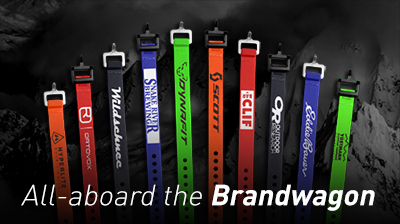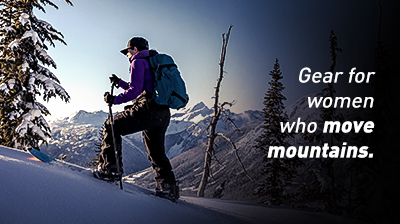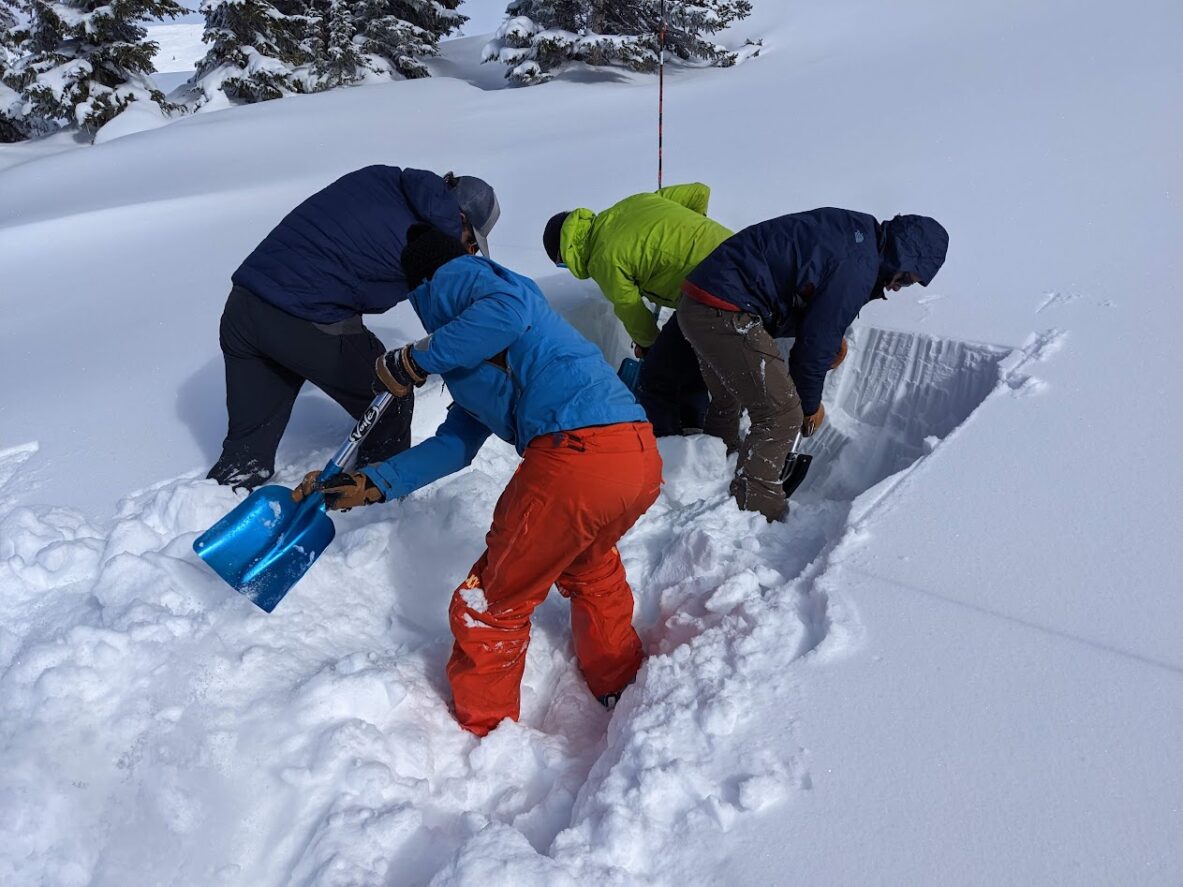
The State of Avalanche Education
Share this Post
The AIARE Avalanche Education Curriculum
Like many other readers of the Voile Blog, the American Institute for Avalanche Research and Education (AIARE), has played an integral role in my development as a backcountry skier. Chances are you and your touring partners have taken a recreational Level 1 Avalanche Education Course (or beyond) through AIARE or an equivalent organization. Founded in 1998, AIARE has been instrumental in offering recreational and professional education pathways for backcountry travelers and avalanche professionals.
For the last few years, I have delved into the second branch of AIARE’s offerings, the professional avalanche pathway that culminated in taking an AIARE Instructor Training Course. On completing this course I can now formally teach Avalanche Education courses and am trusted to deliver AIARE’s updated curriculum with fidelity. While I am excited to have the green light to go out into the backcountry with students, I have a special interest in AIARE’s approach to avalanche education due to the unique educational context found in recreational avalanche classes where learning happens both inside and outside the walls of a classroom. I work full-time as a high school science teacher and am intrigued by how AIARE approaches avalanche education from the viewpoint of a professional educator.
AIARE Education Director, Emma Walker
At the end of my course, I was able to catch up with Emma Walker, AIARE’s Education Director, to chat about some of the behind-the-scenes ongoings at AIARE and nerd out about education theory and best practices at the same time. Emma also has a rich background as an educator and backcountry traveler. Emma currently holds the position of Education Director at AIARE which, true to non-profit form, means she holds many hats within the organization. She works with other AIARE education staff members to gain input from instructor trainers, avalanche course providers, and other stakeholders to make updates to the curriculum for AIARE 1, 2, and Rescue courses, as well as the intensive Instructor Training programs.
This leads Emma to spend a great deal of time researching and understanding pedagogical best practices and new avalanche science research and how it might make sense to incorporate them into AIARE programming. All of this work comes at an unprecedented period in AIARE’s history. According to AIARE’s annual reports, AIARE went from seeing fewer than 10,000 recreational students in 2019/20, peaking at 18,000 in the 2020/21 season, and 14,800 in the 2021/22 season. With so many students of varying levels of experience seeking out avalanche education, how can AIARE structure courses toward student understanding? That is a central question that Emma and I talked about. Like many things in the world of education, it starts with the educator.
Educator First, Instructor second
My biggest takeaway from the Instructor Training Course is that I found a great benefit in being a professional educator first and an AIARE Instructor second. I came to the course having gone through the trials and tribulations of developing effective classroom management strategies, understanding the importance of differentiating the curriculum to a variety of different students, and the art of scaffolding complex content into bite-sized pieces for my students. All of this with the ultimate goal of helping my students develop enduring understandings that carry beyond the walls of the classroom. This allowed me to jump through some of the preliminary content and focus on the curriculum itself.
During the Instructor Training Course, I saw a common challenge that occurs in the public school teaching world as well. Adults enter the field and draw from their own experiences of being students in a classroom as a model for how to teach. The issue is that all adults first learned how to learn decades ago and modern education practices have developed significantly since time to accommodate a diversity of students in a classroom. A wealth of research has shown that traditional methods of education, ones that are content-focused are not as effective as methods that can be described as “student-centered”.
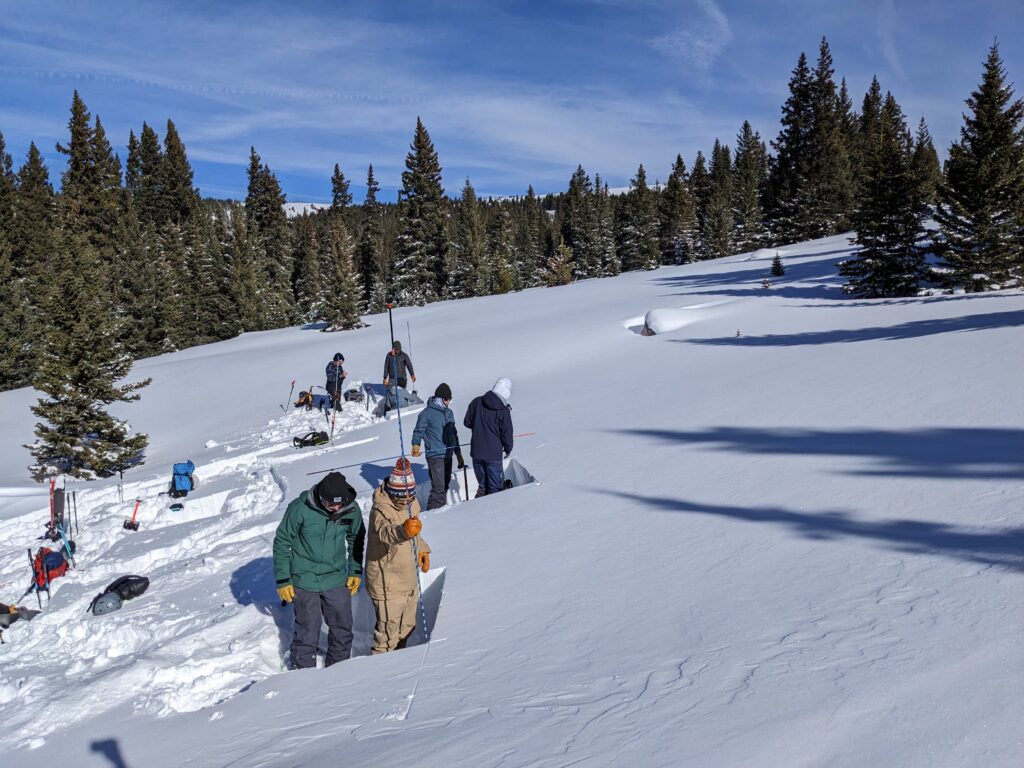
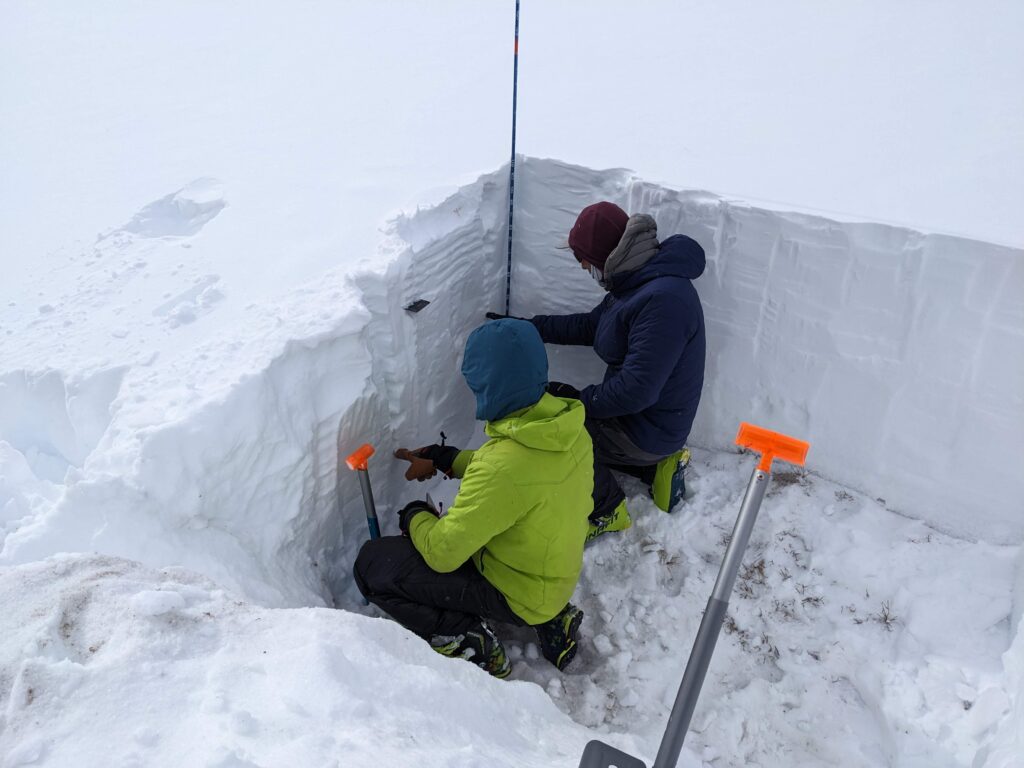
We tend to see this manifested in conventional avalanche education classrooms where guides will share what they know, often in a lecture format, and hope that something will stick for their students. I saw many of my fellow instructors-in-training, talented guides, and avalanche professionals, grappling and struggling with the theoretical side of education and defaulting to teaching the way they were taught as students.
That is one of the biggest challenges for an educator with profound expertise on a subject. You tend to have this expert bias surrounding the subject of snow science. Over the years spent in the field, your framework of thinking has evolved so dramatically, that you think very differently than a beginner. Now you may frame your trip planning and decision-making around snow metamorphism and point-specific forecasting, but that type of information would be overwhelming to someone new to the backcountry world.
Splitting the Recreational and Professional Pathways
What I find interesting is that the world of education has found that the best teachers to emerge from teacher education programs are the ones who were able to look most critically at their education and re-learn what effective teaching can be. Not necessarily the ones who have the best comprehension or expertise in their content area.
AIARE has tackled this phenomenon recently by creating more specific course offerings for prospective students by splitting its offerings into recreational and professional pathways. Emma Walker describes the reason for this split as a “recognition that we don’t all need the same stream of information”. With the narrowing of the scope of each course, students can learn the most important bits of knowledge matched to their level of experience. The recreational pathway is more centered around backcountry decision-making frameworks and terrain management over in-depth snow science and operational practices. Emma describes this as a solution that placed avalanche education on a more student-centered path, “both in serving and meeting recreational students’ educational needs and in meeting the industry’s pro training needs to improve worker safety and help people excel at their jobs”.
The second element of AIARE’s recent evolution has come in the form of an outcome-based curriculum. This stems from a tried and true practice of backward design in the world of education where teachers look at ideal student outcomes and design lessons that work towards those important outcomes. Ultimately this is a reflection of a more progressive student-centered teaching practice. This is contrasted with an antiquated model of guides “showing what they know”. Students learn best by creating their own neural pathways. By connecting new knowledge to what already exists.
Outcome-based Curriculum in Practice
This isn’t a radical concept. Think of a time in your life when you were in a lecture setting and information was delivered by a presenter. Large-scale research shows that only a fraction of students will reach understanding in that type of classroom. I reflect on the first time I was in an avalanche classroom where the first day was spent by the instructors throwing out as much of their knowledge that they accrued over decades of experience. The following field day was spent trying to remember as much of that knowledge by memory to apply in the field. This is not an effective way for a student to learn. Contrast this with a curriculum that first targets the specific pieces of knowledge that a student will need to be successful and delivers that content through a hands-on, engaging approach, then students can start entering the realm of enduring understanding.
I saw this masterfully done by a couple of avalanche instructors working for the Apex Mountain School in Avon, Colorado. The theme for the lesson was identifying avalanche problems. In a more traditional classroom, you may see an instructor give an hour-long PowerPoint lecture on the nine avalanche problems and delve into the snowpack structure that defines each problem. Instead, the talented and experienced instructors used a student-centered approach. They split the class into nine small groups assigning each group to become an expert on a specific avalanche problem. Each group was tasked with learning about their one avalanche problem in detail. After this jigsaw routine, the instructors posed an engaging and open-ended question. Which avalanche problem is most dangerous? What followed is an educator’s dream. Groups started talking to each other and debating the possible dangers that each avalanche danger may pose. Students were moving around as they compared their avalanche problem to another classmate. They laughed, they questioned other students’ reasoning, they made arguments, and they made deep and lasting neurological connections.
As you may imagine, there is no right answer to this question, and there doesn’t need to be. All avalanche problems can be equally dangerous under the right circumstances. What was most powerful about that dialogue was the inquiry-driven discourse that happened. Each student had to think critically about their avalanche problem, talk to others to learn about theirs, and then make comparisons at their own pace and level of understanding. Their inquiry is what guided them to a more profound understanding than they would have achieved with a lecture alone.
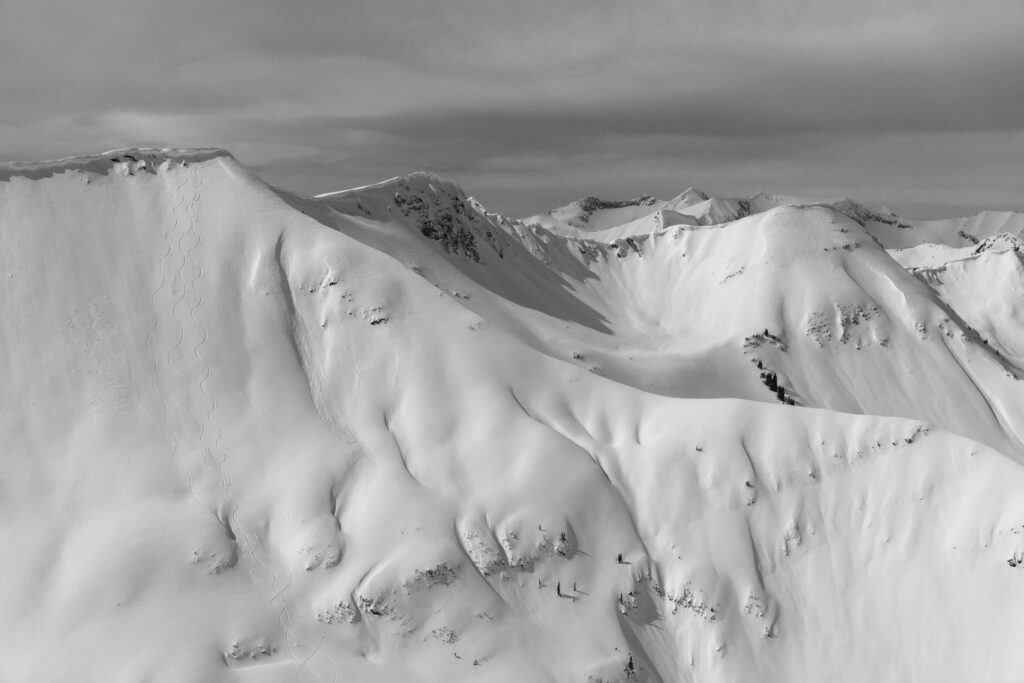
Research-Centered Curriculum
These are the types of learning pathways that AIARE is trying to standardize across different avalanche classrooms through the use of outcome-based curricula and student-centered practices. Ultimately with a shift in pedagogy, there comes a period of assessment to determine if these changes are having an effect on student outcomes. Emma Walker has identified the importance of understanding how students’ attitudes and behaviors change after they take their AIARE courses. AIARE is currently working with Kelly McNeil, an Eastern Oregon University professor, to deliver surveys 6 weeks and again one year after a student’s AIARE 1 and Avalanche Rescue courses. Emma hopes that the work with Kelly will help AIARE understand whether people are learning what we think we are teaching, including knowledge and post-course actions. In other words, are they using the AIARE Framework after their course?
The Future of Avalanche Education
In the end, avalanche education is continually evolving as more and more people with more diverse backgrounds are seeking out avalanche courses. I asked Emma where she sees the future of avalanche education. This is what she had to say:
“I’m also hopeful that avalanche education will continue to become more inclusive. The more
modern, student-centered approach, paired with collaboration with public health experts, is
leading to more accessible and inclusive education. So avalanche educators are shifting away
from simply “sharing what we know” and towards using their skills and knowledge to provide
recreational users with the education they need to fulfill their goals in the mountains. This will
mean more education reaching more people in more places.”
The takeaway message from a lifelong teacher is that student-centered teaching practices will have a positive effect on all students, not just those who struggle to learn in a traditional classroom setting. Progressive and modern education practices will not only make students safer and more confident in backcountry decision-making settings but that knowledge can be effectively delivered to a larger array of students. A lot of this work has been happening behind the scenes in the avalanche industry by a large number of hard-working and dedicated avalanche professionals. This is a change that is probably imperceptible to most of us and one that is vitally important for backcountry recreation to thrive and survive.
About The Author
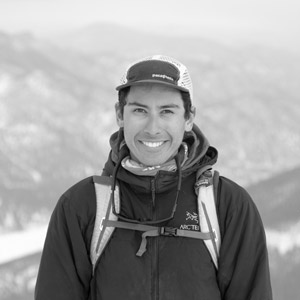
Aidan Goldie-Ahumada
Location: Traditional lands of the Núu-agha-tʉvʉ-pʉ̱ (Ute) tribe in the Rocky Mountains
Top Gear Picks: HyperVector 177cm / Hyper V8 181cm
Instagram: @aidan.goldie
Born in Chile, Aidan (he/him/his) spent much of his childhood living in South America before immigrating to the United States where he lives today. In the latter half of his childhood, Aidan called the mountains of Colorado home and grew exploring his rugged backyard peaks through the lens of backcountry skiing and skyrunning. He is now settled in the Roaring Fork Valley where he works as a Physics teacher to best support his community through equitable and intentional education practices.
Aidan teaches, climbs, and backcountry skis on the traditional lands of the Núu-agha-tʉvʉ-pʉ̱ (Ute) tribe in the Rocky Mountains. When not teaching, Aidan feels most at home in cold winter environments with something sharp strapped to his feet. Whether it is a pair of skis or crampons, Aidan is on a continual search for aesthetic climbs and descents in our Rocky Mountains, continually shaping his mountain ethic to instill pedagogical values of environmental justice, equity, and cultural relevance.
Share this Post



